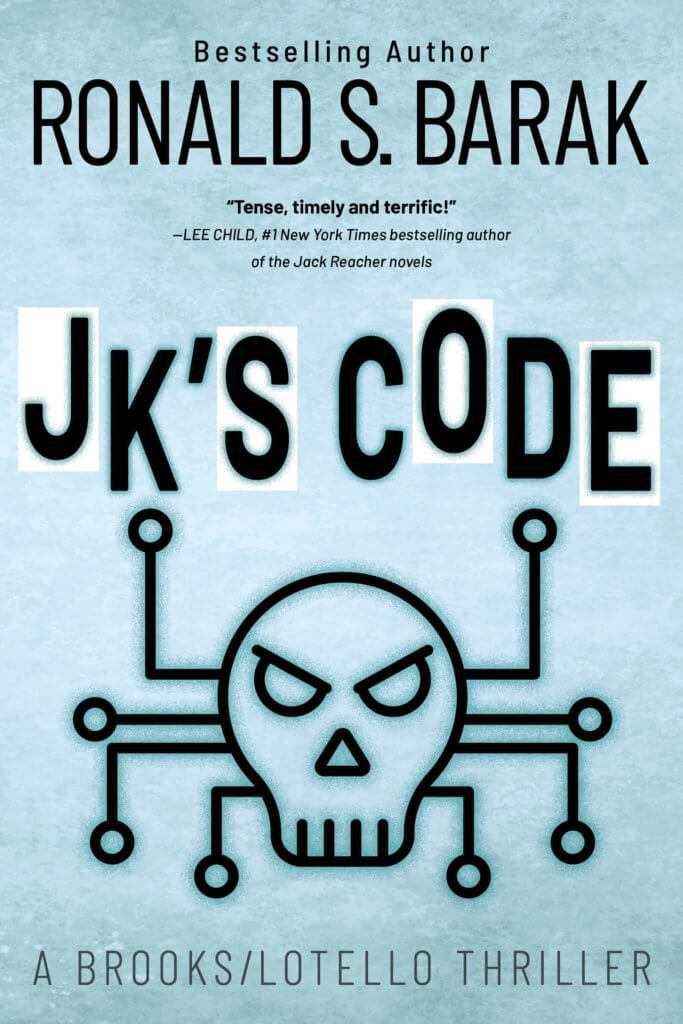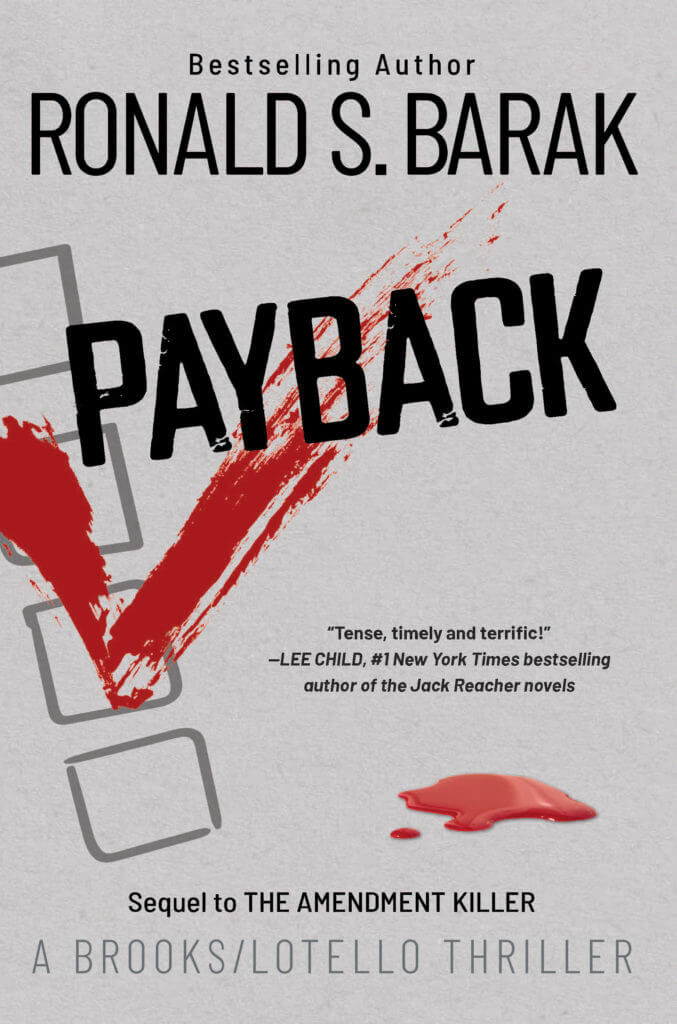 We all get those emails from “Bank of America,” “Chase Bank,” “American Express,” and on and on, telling us how we need to click on the link in the email to update our accounts, give them our social security numbers, etc., etc., on threat of shutting down our accounts if we ignore these directives.
We all get those emails from “Bank of America,” “Chase Bank,” “American Express,” and on and on, telling us how we need to click on the link in the email to update our accounts, give them our social security numbers, etc., etc., on threat of shutting down our accounts if we ignore these directives.
You know . . . whatever we can do to help those who create and send these emails in an attempt to steal our identities and our precious assets.
These emails do have impressive imagery to make them look authentic. But, hey, in this day and age, who would be silly enough to do anything with those emails other than to hit delete. Right? (Of course, it helps that I don’t have any accounts with Bank of America or Chase Bank.)
But there’s another Phisher running around out there, less obvious, less known, but still potentially hazardous to our health. Let’s . . . talk.
I love my tech toys. I admit it. I’m a complete sucker for them. Those apps are all over my computer devices, my desktop, my laptop, my tablets (that’s plural) and my smartphones (that’s plural too). So many that it’s not if they will run amuck, or at least stop performing as they should, or at all, but rather when and how often they will do so.
I’m no tech guru, but I’m no slouch either. And I’m not proud either. In the past, before GPS, when I found myself lost driving around in the City looking for a destination, I would pull into a gas station and asked for help. When I can’t figure out why an app is not performing as it should be, I call the appropriate tech support number and ask for help. I take no pride in spending two hours (or more) figuring out for myself what the fix is when I can call and get an answer in 30 minutes (typically 20 of that sitting in a queue hearing how important my call is and that they’ll be “right” with me).
I’m an early morning person. (So much so that I’m lucky if I can make it through dinner before falling asleep.) I’m also a creature of habit. I still like to read traditional “newspapers,” and not just relying on what’s trending on Twitter, to find out what’s going on in the world. But I like to read the morning newspapers before the delivery person reaches my home. So, I have a number of newspaper apps on my iPad mini on which I can see a digital replica of the print version before the print version arrives at my doorstep. Also appealing to me is that I can easily preserve interesting articles or instantly share them with any number of people who are just as likely to wish I wouldn’t as appreciate that I do. 🙂
One of my newspaper apps is “Eedition,” from the Los Angeles Times, which I have been reading every day for decades and decades. The other morning, my Eedition refused to share that morning’s newspaper. I was in a panic. How could I get by until the paper edition arrived?
I opened Google and searched for “Los Angeles Times telephone number.” Up popped a number. I punched it into my iPhone. A voice answered and said “How may I help you.” (I should have been suspicious when there was no queue time, but, hey, I needed my Eedition fixed — so I could get my Eedition fix.)
I said “My Los Angeles Times Eedition isn’t working.” He responded “Don’t worry, I can help you with that for sure.” Imagine my relief! He had me try a couple of things, but . . . to no avail. I couldn’t believe that there wasn’t an easy fix for this. On my best behavior in spite of the fact that my patience was being tried, I politely asked to speak to a supervisor. He said “Sure,” and asked me to hold. Finally, a familiar queue, if not yet a clue. I was feeling better. A little better. But not as much as if my Eedition was working.
A “supervisor” came on the line. He gave me his name and said he was a . . . supervisor. Now we were getting somewhere. I finally had the attention I deserved after all of my loyal years of support of the Los Angeles Times. And I still had hopes that I would have my Eedition up and running properly before the print edition arrived.
He asked me if he could come onto my computer remotely and check it out. As an experienced tech support consumer, I was well versed in such remote access systems employed by support technicians and, after all, this was the venerable Los Angeles Times. I didn’t want him to think I was a dunderhead. I said “Sure.”
In moments, he was on board my computer and controlling my mouse. He did this and that and soon announced that he had found the problem. He showed me a program he had run from somewhere buried in my computer applications that said I had a worm on my computer known as “Koobface.” He also went to Google, again on my computer, and brought up a Wikipedia discussion of Koobface that said it was worse than death itself.
“We have to get rid of this right away or the people behind the worm will get your banking information, etc.” I was encouraged by his use of “We.” “We have to get rid of this.” Team Barak was on the job! The Los Angeles Times tech support supervisor went on to say “With your permission, we will enlist the help of Cisco (well-known to me as a computer services firm of one kind or another).
I now knew the solution was well in hand. The problem was identified. My team was now expanded to include both the Los Angeles Times and Cisco. Could it get any better? Koobface and those behind it had met their match. They didn’t stand a chance.
But something was also starting to nag at me, bubbling up from somewhere down deep in the recesses of my mind. You know, that “steel trap” that could never be . . . played by any phisher. “How long is this going to take?” I asked. “About two to three hours” he answered. I wondered why Cisco would give me that kind of time. “Is there going to be a charge?” it finally occurred to me to ask. He said, without pause, “the cost will be between $230 and $340.”
On the one hand, that didn’t seem so unreasonable for two to three hours of work by an expert technician to capture and kill the villainous Koobface. And it was a mere drop in the bucket to protect my online bank accounts and my social security number, etc. On the other hand, this guy from the Los Angeles Times sure seemed to know an awful lot about Cisco right off the top.
At that point, I figured I wasn’t going to bite without some further investigation. I wanted to speak to someone else before signing up for the “Cisco” fix. But the newspaper delivery person had already arrived with the print copy so the urgency was resolved and I decided to play along a little further with the man from the Los Angeles Times.
I said “Okay, so what do we do now?” The Los Angeles Times person said “Hold on and I’ll conference the Cisco person in.” In less than a minute, this person was on both my telephone line and my computer!
Well, to make a long story short (is it still not already too late here to make a long story short?), I asked for and was given their contact information. I told them I’d get back to them. Turned out, by the way, that the Cisco person was not from Cisco, but was from a (real) internet support company in New York that claims, on the telephone, to be a “certified representative” of Cisco. (I subsequently went to that company’s website, which says only that it is “certified,” but not by whom or to do what.)
Still making a long story short: I called Microsoft, with whom I have an unlimited “premium” support service for which I pay $150 per year, a bargain compared to what “Cisco” was going to charge me. The Microsoft person, who really is an employee of Microsoft, came on board my computer remotely (enough visitors on my computer that morning to hold a convention!), and ran no less than three independent tests, all of which concluded that there was no worm or virus on my computer. Just a faux worm intended to worm a few hundred dollars out of my wallet. I was so relieved that I actually interrupted my pursuit of all matters evil to read the print edition of The Los Angeles Times for that day.
As soon as I finished the newspaper, I Googled my way into the name and email address of the inside general counsel of the Los Angeles Times and sent her an email explaining what I had just experienced. I wanted to find out whether this was a fraud ON The Los Angeles Times as well as me or was a fraud by a rogue employee OF the Los Angeles Times. I was also frankly curious to see of what level of concern my experience would be to the Los Angeles Times.
Refreshingly, the Los Angeles Times has taken a great interest in this matter and is investigating it with the priority and seriousness they and I believe it deserves. The general counsel has been in contact with me and so has a second senior executive from the newspaper who has been tasked to oversee its investigation of the matter. So far, they have been able to determine that this particular Los Angeles Times telephone number no longer shows up on Google (with no explanation for that), and when they call that number (which I gave to them) a person answers who says “Hello,” but then answers affirmatively when asked if the caller has reached the Los Angeles Times. (No doubt they answer affirmatively about any company referenced by the caller. No telling from where their next rip-off will come. Whatever the problem of the caller, the same scam.)
It appears that if you (or ISIS) pays the Google ad charges, you or anyone else can put up a phony telephone number on Google in the name of the Los Angeles Times or anyone else!
There’s a lesson to be learned here. This is one cure that may be worse than the disease. To be forewarned is to be forearmed. Look before you leap.
That’s it. I’m out of clichés. But I trust you’ll be pleased to know that my Eedition is working again (just as mysteriously as it stopped working, no fix required) and that I’m back to reading my early morning digital editions of the Los Angeles Times. Let me know if there’s any particular subjects you’d like me to forward to you.
Join the discussion either by logging in just below or by signing into your favorite social media outlet. If you’re having trouble, please follow these instructions to guide you! Thanks!







